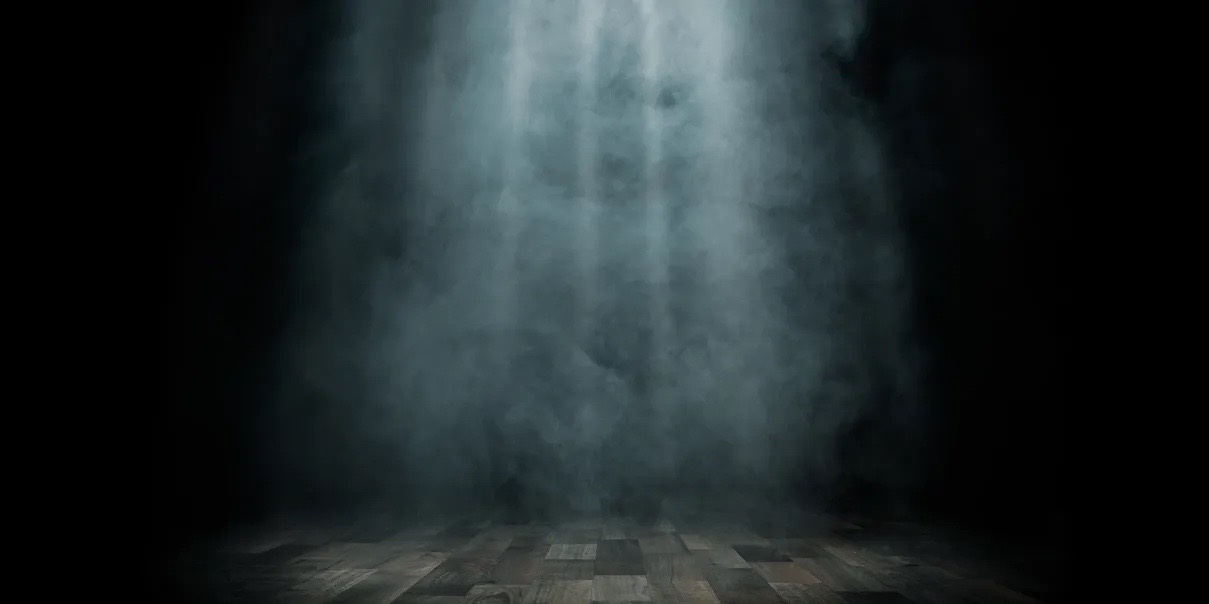Generate excitement
Stage lighting design is an art that both enhances the performance and regulates the emotions of the audience. Its purpose is to affect the stage, the performers, and the spectators in various ways. It is a combination of creativity, ideas, and technology. Stage lighting serves to illuminate the stage and ensure the audience's quality viewing experience. A stage lighting designer who operates with the correct lighting objectives can also use a life-giving approach. Stage lighting design is an art form. Its style, colors, operational standards, and even the stage's shape should be appropriate. Various effects, moving lights, and other influences intensify the performance. A stage lighting designer should consider the promotion, movements, landscapes, and everything happening on stage. The timely execution of all actions is a crucial factor in the performance's overall quality. Stage lighting design is an essential factor in the performance's quality, beauty, and impact. It is an art form that offers the best opportunities, is tailored to the objectives of the event, and meets the needs of the performers and the audience's demands.

Grab interest
A stage lighting designer is a skilled professional responsible for creating and implementing the lighting design for a theatrical, musical, or dance performance. This individual is responsible for designing the lighting scheme that will enhance the performance and create the desired mood and atmosphere. One of the primary skills of a stage lighting designer is a strong sense of creativity. This individual must be able to envision the lighting design that will best complement the performance and achieve the desired emotional effect. The designer must also be knowledgeable about the various lighting techniques and equipment available to achieve the desired effect. In addition to creativity, a stage lighting designer must have a strong technical background in lighting design. This includes knowledge of lighting technology, the properties of light, and the use of color in lighting design. The designer must also be familiar with the various types of lighting equipment and their operation. A stage lighting designer must also possess excellent communication skills. This includes the ability to communicate effectively with the director, performers, and other members of the production team. The designer must be able to understand the director's vision for the performance and translate that vision into a lighting design. Attention to detail is another critical skill for a stage lighting designer. The designer must be able to carefully plan and execute the lighting design to ensure that it enhances the performance without distracting from it. This requires a strong ability to focus on the details and work diligently to achieve the desired effect. Finally, a stage lighting designer must have the ability to work well under pressure. This individual must be able to manage their time effectively and work efficiently to ensure that the lighting design is completed on time and within budget. They must also be able to troubleshoot problems quickly and effectively to ensure that the performance is not impacted by technical difficulties. Overall, a stage lighting designer must possess a unique combination of creativity, technical knowledge, communication skills, attention to detail, and the ability to work under pressure. These skills are critical to creating a successful lighting design that enhances the performance and creates a memorable experience for the audience.
Our approach
Stage lighting is an essential element for the successful execution of a performance and to enhance its effectiveness. With over 10 years of experience in the field, I know just how important and necessary lighting is in making a performance stand out. Lighting sets the tone and atmosphere of a performance and timely and proper lighting can showcase the strengths and beauty of a performance. Timecode lighting is a type of lighting used to show the timing of a performance and to identify each stage element. This enhances the lighting effect in different scenes and makes the performance more dynamic. Proper installation and operation of timecode lighting enables the seamless coordination of the entire performance. The objective of a stage lighting designer is to enhance the performance and create a mood. A designer must create lighting effects that are in line with the style and concept of the performance and ensure that each lighting element is appropriately placed to represent each performance mood. Designers must also consider the type, effect, and color of lighting. They must create different lighting effects that match the various moods of the performance and create effective lighting that suits the performance's scope. When installing stage lighting, timecode lighting considers every stage element and mood. Therefore, timecode lighting is crucial in creating effects that match each mood of the performance and complements the sounds and effects of the performance. In conclusion, stage lighting and timecode lighting determine the mood of the performance and make it more effective. The stage lighting sets the tone and atmosphere of a performance, while timecode lighting enhances the performance and makes it more dynamic.